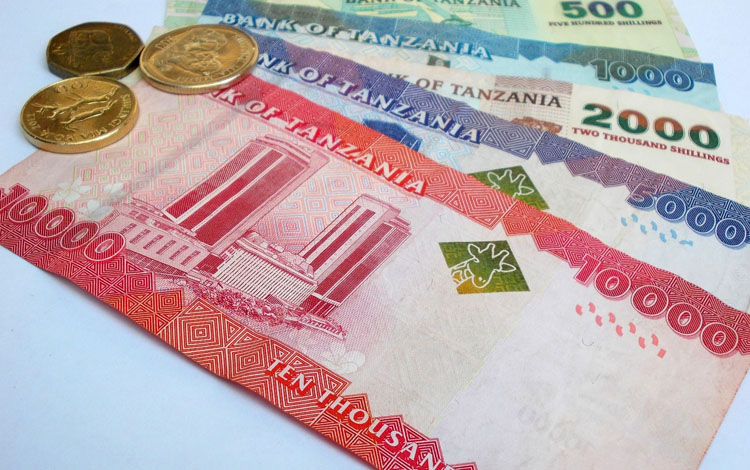The record rise of Tanzania’s forex reserves has sparked optimism among local economists over the country’s economic prospects. In the latest monthly economic review, the Bank of Tanzania (BoT) says that its foreign reserves have jumped to $6.7 billion up from $4.9 billion in September, marking a historic high for the East African country sailing well above regional benchmarks.
The significant increase is attributed to export diversification and volume. The BoT report explained that there was increased exportation of some food items including maize, rice, beans and vegetables. This was in addition to the exportation of minerals, finished products and others
“Export of rice, in particular, amounted to 303,4 million US Dollars compared with 97,4 million US Dollars, reflecting efforts made to improve cross-border trade…The increase was observed in all import categories, except fertilisers,” the BoT said.
These increase in export earnings helped to cushion the adverse effects of deficit of revenues generated from tourism impacted heavily by the COVID-19 pandemic. The improvement of cross border business and trade ties contributed to increase in exports. With Kenya for instance projecting to cross the $200 million mark for the first time in 2021, with export figures hitting Ksh20.5 billion ($182.6 million) in the first half of the year, double the export figures from pre-pandemic levels.
Notably the increase recorded in Tanzania’s foreign reserves was despite the high forex demand for imports during the period under review. For instance, there was an 18.3% increase in oil imports to $1.734 billion due to price effect and accounted for almost a fifth which is a significant portion of the import bill.
As is expected there has been positive reaction to the good news with some Tanzanian economists expressing both excitement and optimism over the country’s economic prospects going forward. One of the economists is Dr Hildebrand Shayo who recommended that Tanzania should consider paying off its external debt now which will bring in adequate use of the increase in foreign reserves.
“To ensure these reserves increase further in future, there is a need for the country to maintain exports competitive prices but more important to continue to be firm on building confidence for investors,” Shayo said.
High foreign exchange reserves give the central bank – in this case the BoT – enough power to fight against future currency (in this case the Tanzania Shilling) depreciation. It so happens that, when the local currency starts depreciating, the central bank sells its dollar reserves and buys the local current to stop the depreciation.
This is usually a good move in countries where imports do exceed exports by far – as it means that local prices of imported products will not be adversely affected by a weaker domestic currency. However, in export-oriented economies, a weaker local currency is good because it makes the country’s exports more competitive in foreign markets.
Ahmed Nganya, a manager at Vertex International Securities, said the increase in foreign reserves, coupled with the fact that Tanzania attracted $2.9 billion worth of Foreign Direct Investments (FDIs) between March and August this year, all point to the Tanzanian economy is poised for future growth.

